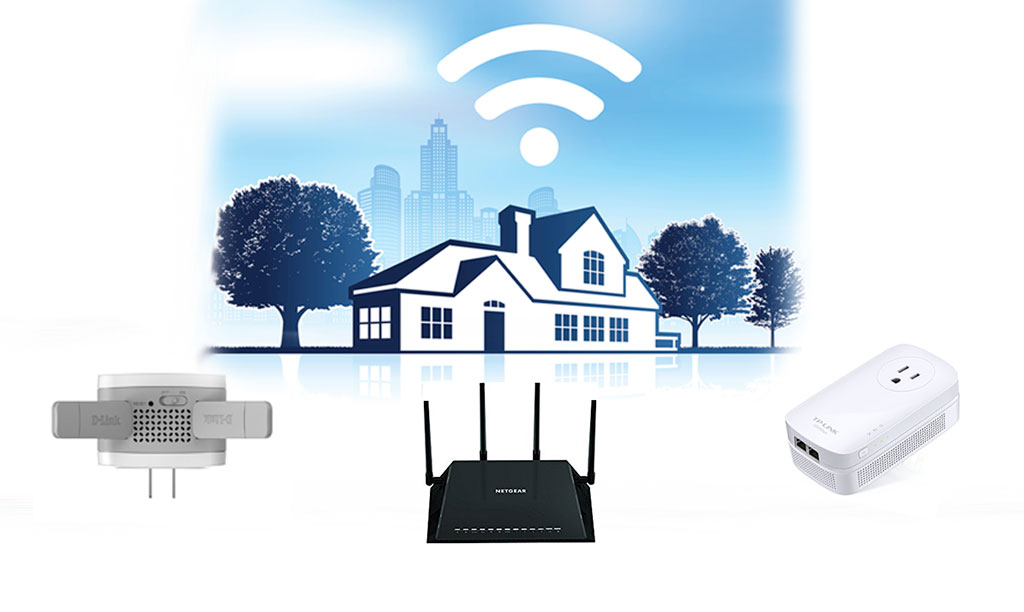The 10G Platform is Improving Multi-gig Cable Internet Speeds
The road to 10 gigabit speeds for cable internet has been paved, so what’s next?
Oct 8, 2025 | Share
Technology
The 10G platform is steadily improving cable internet capacities, currently providing speeds up to 2Gbps. The 10G platform’s technology allows cable internet providers to execute faster speeds, reduce latency, and improve reliability. While the 10G tech is only a fraction of the way to its goal to provide 10Gbps internet speeds, the achievement of providing up to 2Gbps internet is no small feat.
Some of the largest cable internet providers like Spectrum, Xfinity, Cox, and Xtream have taken the leap towards multi-gig cable speeds and currently offer gigabit internet speeds or faster. Itching to know more about the 10G platform? Let’s dive deeper into what 10G tech is bringing to the table.
Curious if multi-gig internet is available in your area?
Enter your zip code below to see what’s available to you.
On this page:
What is 10G internet? | What providers use the 10G platform? | 10G cable internet vs. fiber internet | Does anyone really need 10Gbps speeds? | FAQ
On this page:
What is 10G internet?
The 10G platform isn’t fiber internet or related to the 5G wireless network—it’s a development initiative that aims to evolve cable internet to provide 10Gbps download speeds across multiple cable internet service providers—but it hasn’t quite gotten to 10Gbps speeds yet. The 10G platform is not an internet plan or a specific provider either. We know there are a lot of distinctions to make, but it’s a relatively new initiative that is still setting the stage and establishing its space in the internet world.
The 10G platform aims to deliver multi-gig symmetrical speeds, lower latency, and safer Wi-Fi for cable internet. We’re already seeing up to 2Gbps speeds from providers like Xfinity, and we’ll continue to see more providers offer faster and more reliable speeds as the 10G platform expands and develops to reach these goals.
The 10G platform uses the preexisting hybrid fiber–coaxial network most cable providers already use to make the improvements rather than having to build and lay new infrastructure the way fiber providers do. 10Gbps speeds are an ambitious, but not new, goal.
What providers use the 10G platform?
Many cable internet providers are already on the 10G platform and offering up to 2Gbps speeds. The 10G platform is funded by its cable industry–member companies as a non-profit innovation and includes providers like Cox, Xtream, Xfinity, Spectrum, and Midco. You can see the full list of the 10G platform members on the CableLabs website, but keep in mind that 10G platform use is based on availability and plan offerings will vary based on location.
Xfinity currently offers speeds up to 2Gbps, while Spectrum, Cox, Xtream, and Midco offer 1Gbps speeds; though Cox does offer 2Gbps through its fiber network. If you’re lucky to live in certain areas where Xfinity offers fiber-like speeds, you can get equal download and upload speeds up to 1Gbps.
Providers on the 10G platform
| Provider | Starting price | Speed ranges |
|---|---|---|
| Xfinity | $40/mo.* for 12 mos. | 300–2,000Mbps |
| Spectrum | $30/mo.† for 1 year | 100–1,000Mbps (wireless speeds may vary) |
| Cox | $55/mo.‡ for 24 mos. | 300–2,000Mbps |
| Xtream | $55/mo.§ for 12 mos. | 300–2,000Mbps |
| Midco | $49/mo.║ | 250–1,000Mbps |
See disclaimers.
What’s the difference between 10G cable and fiber internet?
The 10G platform runs on cable internet networks, not fiber. Most fiber plans already offer multi-gig speeds, with some providers like Ziply Fiber even offering insane 50Gbps speeds. If you’re lucky enough to have fiber internet available in your area, it’s worth looking into if you have high-speed needs and don’t have any multi-gig cable internet options.
Running on preexisting cable internet networks rather than relying on pricey fiber installations is one of the biggest benefits the 10G platform brings to the table. Cable infrastructure is more widely available and is less expensive than its fiber counterpart. Since the 10G platform includes some of the nation’s biggest cable internet providers like Xfinity, Cox, and Spectrum, rolling out upgrades to cable internet is faster and more efficient than building a fiber network from scratch.
Does anyone really need 10Gbps speeds?
10Gbps speeds may seem excessive, and they currently are for the average household. But as our daily lives become more and more dependent on the internet, the 10G platform aims to future-proof and secure fast and reliable networks that can evolve with our growing digital needs.
Most users need more upload speeds than their plans can handle or offer, which is a major limitation of current cable internet plans. While fiber internet plans can resolve this problem, the limited availability of fiber is a long-term barrier that requires a lot of time and money.
As the 10G platform reduces latency, it brings cable internet that much closer to matching the capabilities of fiber internet. With the 10G platform, cable internet providers have just begun to scratch the surface by offering multi-gig speeds that would have seemed impossible just a few years ago.
10G internet FAQ
What’s the tech behind 10G internet?
What’s the difference between 10G and 5G?
What internet providers have 10G internet?
What internet service providers use the 10G platform?
Disclaimers
* Xfinty
For 12 months, no term contract. Restrictions apply. Autopay w/ stored bank account and paperless billing req’d. Taxes and fees extra and subj. to change. Reduced speeds after 30 GB of usage/line. Data thresholds may vary.
† Spectrum
Limited time offer; subject to change; new residential customers only (no Spectrum services within past 30 days) and in good standing with Spectrum. Taxes and fees extra in select states. SPECTRUM INTERNET: Standard rates apply after promo period. Additional charge for installation. Speeds based on wired connection. Actual speeds (including wireless) vary and are not guaranteed. Capable modem required for all Gig speeds. For a list of capable modems, visit Spectrum.net/modem. Services subject to all applicable service terms and conditions, subject to change. Not available in all areas. Restrictions apply. ©2025 Charter Communications, all rights reserved.
‡ Cox
Excludes taxes and fees. No annual contract. For 24 mos.
§ Xtream
1 year plus one-time charges, taxes and gov’t fees
║ Midco
For the first 12 months. Price shown includes a $10 discount with auto pay and paperless billing enrollment. Prices vary by location. Pricing above is based on results gathered for Fargo, ND.
Author - Andrea GutierrezPrieto
After graduating from the University of Utah with an honors degree in Linguistics, Andrea Gutierrez Prieto transitioned from being an Analytic Linguist and Research Assistant to the HighSpeedInternet.com team. Andrea has a background in academic and research writing with a passion for helping readers make informed decisions. Off the clock, Andrea spends her time watching anime, reading manga, and baking delicious pastries at home.
Editor - Jessica Brooksby
Jessica loves bringing her passion for the written word and her love of tech into one space at HighSpeedInternet.com. She works with the team’s writers to revise strong, user-focused content so every reader can find the tech that works for them. Jessica has a bachelor’s degree in English from Utah Valley University and seven years of creative and editorial experience. Outside of work, she spends her time gaming, reading, painting, and buying an excessive amount of Legend of Zelda merchandise.




